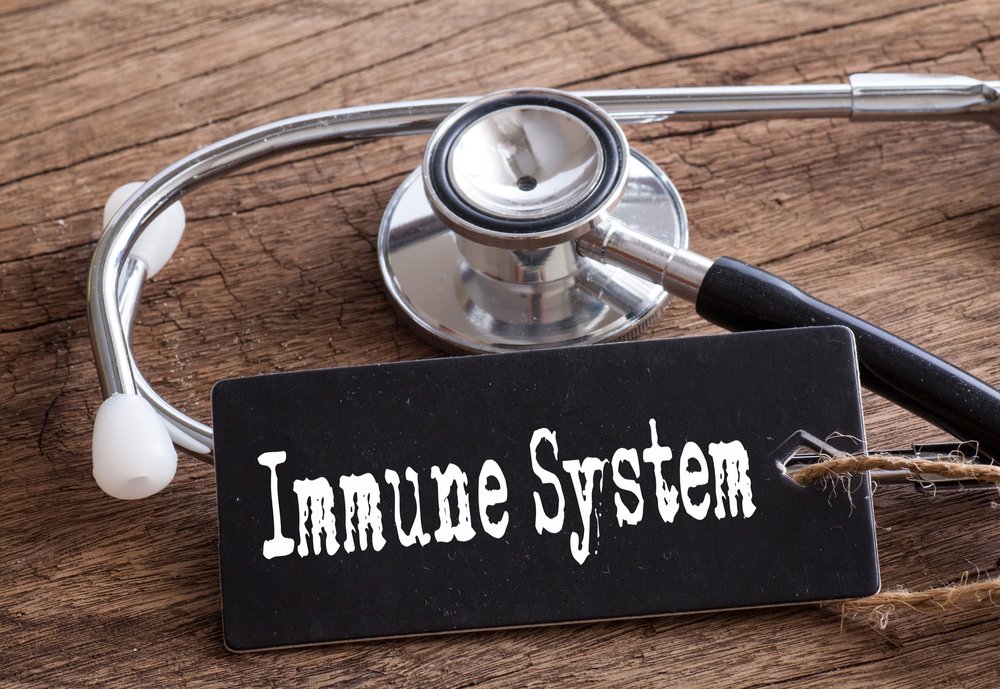Age, Gender, Blood Glucose Affect Immune Cells’ Response to Tecfidera in RRMS Patients, Study Reports

Immune cells from patients with relapsing-remitting multiple sclerosis (RRMS) respond differently to Tecfidera (dimethyl fumarate) based on age, gender, and serum blood glucose levels, a study found.
The results suggest these patient-specific factors can modulate the response of immune cells, and should be taken into account in clinical decision-making, the researchers said.
Tecfidera treatment can also lower the levels of neutrophil immune cells, white blood cells that are important for the fight against certain infections, in some patients, the study found.
The study, “Patient-specific factors modulate leukocyte response in dimethyl fumarate treated MS patients,” was published in the journal PLOS ONE.
One of the adverse effects of Tecfidera (marketed by Biogen) is a condition known as lymphopenia, which is characterized by low levels of a type of immune cell known as lymphocytes. Low levels of immune cells, including white blood cells such as lymphocytes and neutrophils, are associated with increased risk of infections.
In clinical trials, up to 6% of MS patients developed severe lymphopenia (grade 3), defined as an absolute lymphocyte count (ALC) of less than 500. Lymphopenia seems to increase the risk for progressive multifocal leukoencephalopathy, a brain disorder that’s caused by a virus.
While there are several studies investigating this adverse effect, few have focused on a type of immune cells known as neutrophils — one of the first immune cells to migrate to a site of infection.
Animal models have suggested that neutrophils contribute to the demyelination process (loss of myelin, the protective coating of neurons), the hallmark of MS. In addition, Tecfidera treatment was shown to block neutrophil migration into the central nervous system.
To examine whether people treated with Tecfidera have low levels of neutrophils — a condition called neutropenia — and determine what factors may predict the absolute neutrophil count (ANC), researchers examined the medical records of Tecfidera-treated adult RRMS patients.
A total of 103 RRMS patients, with a mean age of 41.7, were identified from two MS clinics: the University of Virginia James Q. Miller Multiple Sclerosis Clinic and the Veterans Affairs North Texas Health Care System in Dallas.
The researchers collected clinical data and lab test results, as well as information regarding age, gender, body mass index (BMI), Tecfidera start date, serum blood glucose levels, ALC, and ANC. Data were assessed from before treatment (within 12 months prior) and after.
Results showed a 30% drop in the mean ALC upon Tecfidera treatment, and 3% of the patients developed severe lymphopenia (grade 3). Those with lymphopenia were above the age of 35, with 33% of them being 55 or older.
A statistical analysis found age as the greatest predictor of ALC. Gender, BMI, and serum blood glucose levels were not significant predictors of ALC.
No notable differences were found in neutrophil levels (ANC) before and after Tecfidera treatment. Although neutropenia was identified in eight people (7.8%), and of those, five (63%) were men. Neutropenia was sustained in four patients during treatment. In most cases, neutropenia occurred in the absence of lymphopenia.
A comparison of those with and without neutropenia found that patients without neutropenia had a significantly higher level of serum blood glucose. A statistical analysis revealed that blood glucose levels were a statistically significant predictor of ANC.
While age and BMI were not predictive for ANC, neutropenia occurred more often in the DaVa population, which had a higher proportion of males.
The team also analyzed the neutrophil-lymphocyte ratio (NLR), as this value has been proposed as a disease marker for MS.
At the beginning of the study, the NLR was abnormal in more than 50% of MS patients, and while there was a 31% increase in mean NLR after treatment with Tecfidera, a statistical analysis found no patient-specific factors were predictive of NLR.
“We believe this to be the first report of DMF [Tecfidera]-associated neutropenia in MS patients, which was found in 7.8% of patients following treatment start,” the researchers wrote. “Importantly, neutropenia was more common in males, and appeared to be independent of lymphopenia.”
“The neutrophil-lymphocyte ratio is abnormal in MS patients, and further increased in the setting of DMF [Tecfidera]-treatment,” they wrote. “The clinical importance of this merits further investigation.”






